‹The Heart Around Us. The Importance of the Therapeutic Community› – this theme moved 850 people at the Goetheanum’s annual medical conference during the second week of September.
People from all over the world came together for these six days. In specialist conferences, professionals from across the health sector could exchange ideas. Spiritual deepening was a shared focus during the conference, and a multi-professional meeting rounded out the congress. Thus, the conference corresponded to its theme in its threefold nature and with intellectual work as the primary focus.
Why is the heart the focus? According to Rudolf Steiner, the heart is formed prenatally by streaming forces that flow together in a certain dynamic and must find a place of balance in the emerging human being to use these forces correctly. From this grows the organ as well as the ability to combine extremes, create balance, and react in the most refined perception. It carries the ability to regulate heat and rhythm. It is the seat of the I, the place that people point to when they name themselves. When people connect in community, heart forces are involved. These forces build the bridge from I to You, from inside to outside, from doctor to patient, and from patient to patient. They connect the therapeutic community with each other and are noticeable when the joint care for a person creates something more significant.
Community Building with Machines?
Machines are increasingly important in everyday life, medical work, and treatment. How is the connection from person to person maintained? Observing the explosive speed of these technological developments, does our community development have to adapt to them?
In today’s medical care, achievements such as intensive medical care using highly technical equipment have become indispensable. Ultrasound devices, which can be easily transported in emergency medicine, can be life-saving, and the wheelchair has become commonplace. In their lecture ‹Community Building with Machines?›, Rolf Heine, founder of the Academy for Nursing Professions at the Filderklinik and active in the Medical Section, and Jan Vagedes, Chief Physician of the Children’s Department at the Filderklinik, described different dimensions of these technological developments. They brought an example from medical technology: the development of exoskeletons, a kind of external support structure that can replace the muscle function of the limbs of people with paraplegia. What is new about these exoskeletons is that they can couple a nerve-sensory activity, i.e., the mentally executed movement of this person, and the control of the supported limb activity. One layer deeper and more anchored in the interpersonal part of the community, they talked about robotics of care. This development seeks to increase the intelligence of increasingly human-like robots so that they can empathize with emotions. In the field of virtual reality, a sensor system is being created with which situations can be imitated in a skin-like manner. Avatars, which are a graphic representation and embodiment of the user, perceive their simulated perception, which feels like their own, the user thus perceiving themselves from the outside. This creates a kind of out-of-body experience that also excarnates. A virtual world called Second Life had already represented 70 million inhabitants in game form. The somewhat dormant Second Life community is to experience a new high in another state through the ‹Metaverse› conceived by Facebook founder Mark Zuckerberg. In it, there is not only a universe in which people act alone but a networking ‹Metaverse› in which different universes flow together. This virtual world’s significant goal is not only to immerse yourself in it alone but also to develop community life. The dark sides are also apparent when you look at sexuality and violence. In first-person shooter games, the players will be promoted even more into the shooters’ position with allies at their side, and war will be fought in community building. Regarding sex, there is community building with machines, which leads to the fact that body suits can be felt in a virtual brothel.
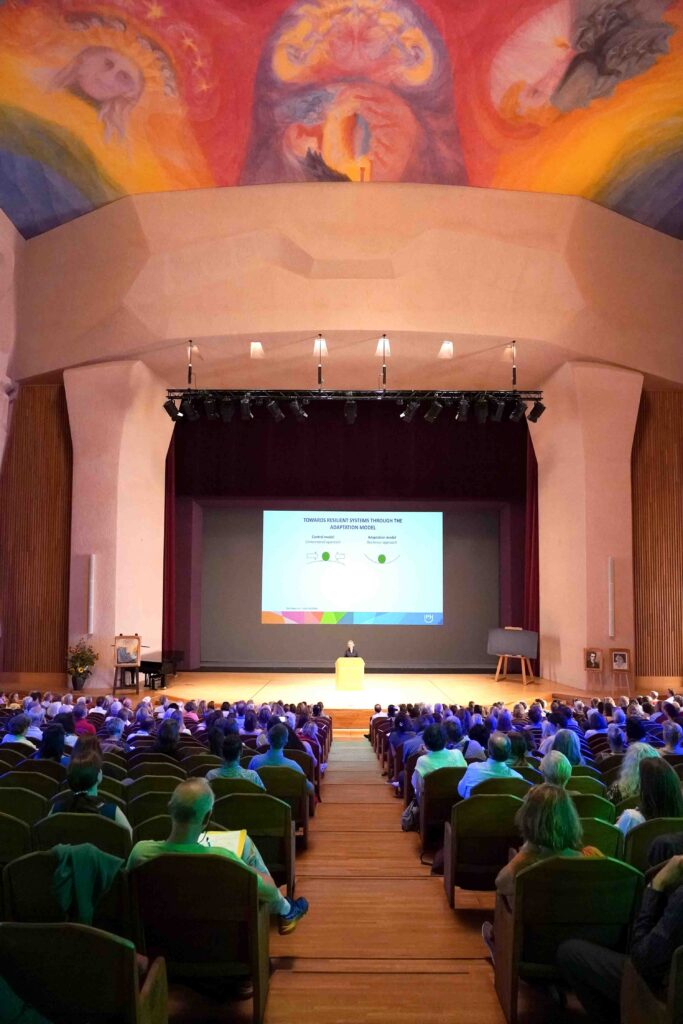
In the area between a newly designed nerve-sensory system and a newly created limb system, however, the center around the heart space cannot be grasped by technology and remains free. Where the forces of the heart are – the space of freedom between the virtual world and robotics – the space remains free for humans. This is the space we keep open for community building that comes from the heart.
Could such warmth also emanate from a machine? Rolf Heine goes back to the origins of heat: As a being of the same temperature, human beings have the ability to generate heat in their own body; they can control their warming organism. The ability to control not only one’s own heat through fire gives people the strength to shape heat in the environment as well. In the further attempt to make the technology human-like, human beings try to transfer the independence gained through this heating process to machines. Heine concludes: «The fantasy that the machine could someday have sensations – everything that humans can do creatively, the machine may also be able to do – it would be an object not only of spiritual science but of common sense to see that this is a categorical impossibility.» Nevertheless, the question remains, how is this machine world, exposed by humans, integrated into a common life context?
Human beings remain free in space where there the powers of the heart are.
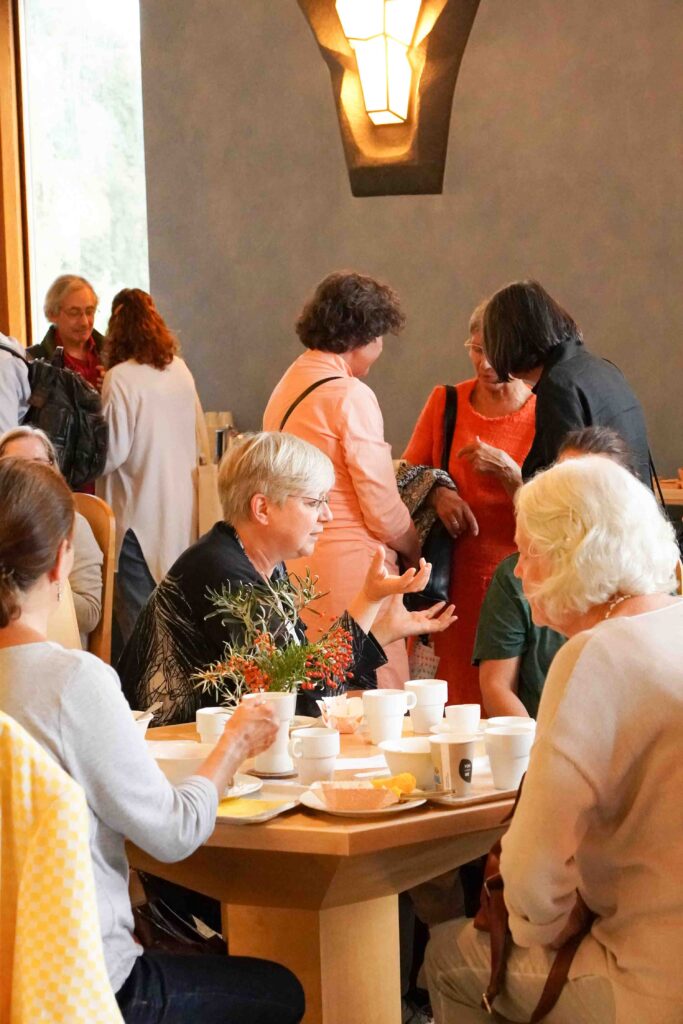
Rudolf Steiner describes that human beings would not be overwhelmed by descending into the sub-nature of technology only when one has ascended just as far into supernature through inner cognition. This balance can also be seen in the gesture of the Archangel Michael, who can ward off with the sword in one hand and stretches out the other in a certain willingness to connect. Vagedes states: «In this respect, one could say that we oscillate between a community without machines, a community with machines, a community through machines, and in any case, a community despite machines. In this sense, we all continue to use in everyday life what comes to us, what we externalize as human beings, in the sense of a Michaelic freedom.»
How are Heart Qualities Recognizable in the Biography?
Matthias Girke, head of the Medical Section and member of the board at the Goetheanum, explained in the introduction to the following lecture: «If we ask ourselves where inner sources of strength are for our therapeutic work, for our medical activities, then they lie in what we cultivate internally, what we cultivate in meditative work and what can then radiate out into the circle to our patients, to our therapeutic totality.»
In their lecture ‹Experiences of Spiritual Paths› Iramaia Chaguri, Michaela Glöckler, and Matthew Mirkin reported on deep personal questions and challenges. Iramaia Chaguri says she has always been looking for something higher in her life to connect with. As a doctor, she came into contact with the thresholds of the spiritual world with birth and with death. When she became acquainted with Anthroposophy and was treated as a patient by an Anthroposophical doctor, it was so effective for her that she saw many possibilities in it. For her, Anthroposophy has become a method of having a more accurate view of the searching individual and, if possible, of including the spiritual background.
Matthew Mirkin grew up in a sheltered environment in a Camphill community in South Africa. During childhood, he felt detached and that the inner world and what happens outside no longer fit together. He experienced separation from nature and saw the human being’s ability to bring evil into the beauty of this world. At university, he studied biology and observed how the world was increasingly taken apart and scientifically studied but no longer had any connection to humans. During a difficult phase of his life, he was inspired to turn to Anthroposophic Medicine. As a result, a lot has changed. He read ‹An Outline of Esoteric Science› by Rudolf Steiner, and the ‹disassembled› world was reassembled by a larger, more meaningful symphony of wisdom and determination of the human role in Earth’s evolution. Mirkin can understand everything he has experienced so far as part of it.

Michaela Glöckler described two aspects of her inner path: on the one hand, the question of one’s own identity and, on the other hand, the question of the surrounding area. She told how she felt a great fear in her childhood and lived in the knowledge that the world was dark and dangerous and that evil existed. This became a question of identity: What kind of world did I end up in? As a teenager, she read Rudolf Steiner’s work ‹Christ and the Human Soul›. Seeing the adversary forces described and named in it gave her a sense of peace because it confirmed that evil was part of reality. In the further examination of Christian content, she learned that light and the search for the way are also aspects of the I. Developing these into concrete ideals was an important step to strengthen the I power.
These completely personal stories touched the audience. «It was about a personal topic, and they could only speak from the personal and did so with a clarity and intensity that had a powerful effect on me,» reported a therapeutic eurythmist in a break conversation.
When we humans ascend into supernature through inner cognition, we are not overwhelmed by technology.
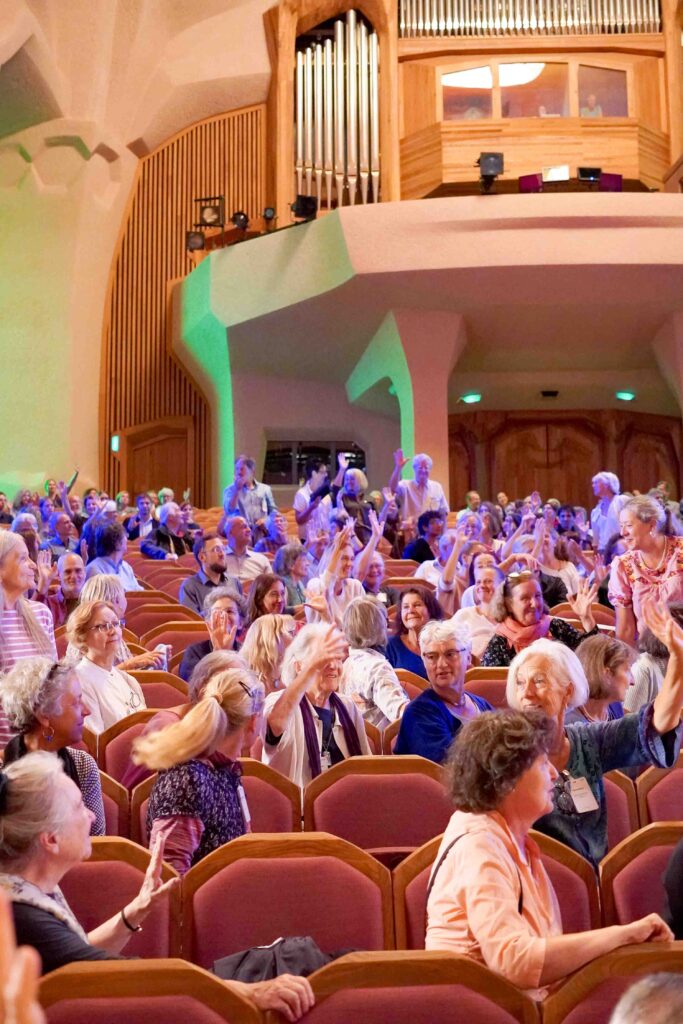
The Community of Patients
To strengthen the power of the I during an illness, the community of people undertaking treatment among each other is also important. Every illness more or less tears one out of the life led until then and from the usual community. Being in an accepting environment during the treatment allows you to accept the disease yourself. The patients come into contact with intelligent professional people who accompany many different life situations and challenges, and on the other hand, with other patients who can understand each other. This process of getting in touch helps one to not see the disease as arduous but to perceive the challenge and opportunity of change.
Georg Soldner, a specialist in pediatrics and deputy head of the Medical Section, explains: «We find in training courses that a therapeutic community can release forces that go beyond what we experience in the individual.» 1
A similar project was created in Brazil by Iramaia Chaguri in collaboration with Clinica Tobias and several therapists. They met with up to 18 patients for one session every three months. On the initiative of those treated, this increased to a weekly virtual meeting during Covid restrictions.
A participant in the conference, who works as a nurse in a cantonal hospital, also describes the patient meetings there as follows: «This is incredibly nurturing. That’s where life forces arise!»
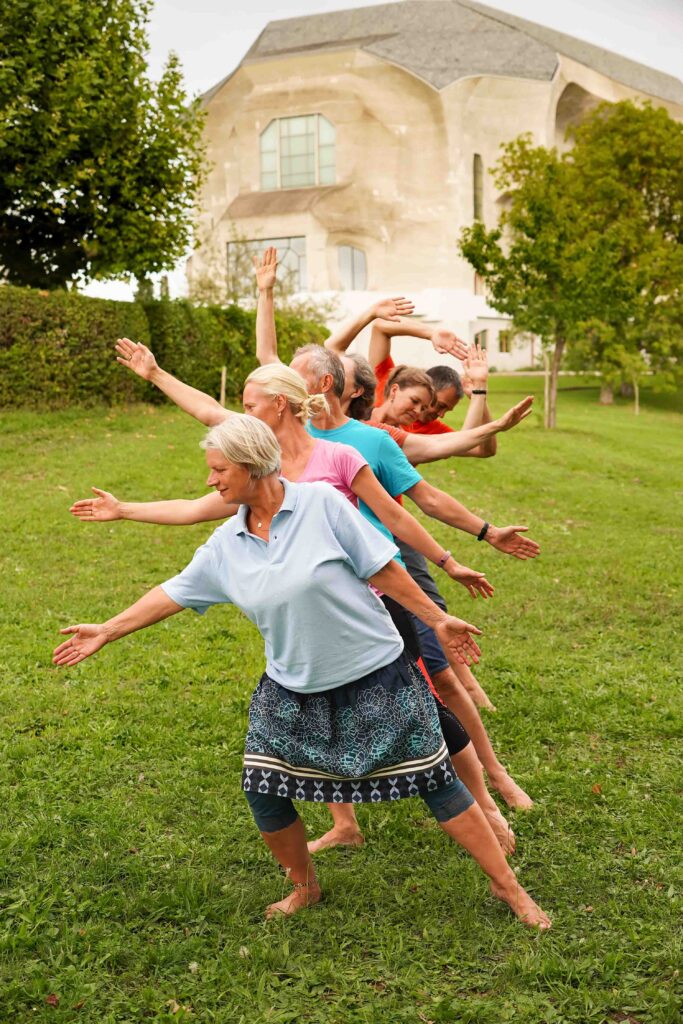
Therapeutic Community
Anthroposophic Medicine thrives on the interaction of different professions. Diseases with different manifestations, physical and mental, can thus be approached holistically. The human being is understood as a whole, and the therapeutic community forms the framework in which healing may occur, in which medicine comes from the heart.
Stefan Schmidt-Troschke, a specialist in pediatrics and adolescent medicine, describes in a one-on-one conversation at the conference: «A basic gesture of Anthroposophic Medicine is that when it comes to personal assistance, one always considers the social space. There is the child study in pedagogy, and in medicine, we have the patient meeting. The social and pedagogical-medical aspects are very closely related. This makes us truly unique. And this is further related to the fact that we have a spiritual orientation that brings this together. The gift of Anthroposophy is that we have motives so that there is no other way than to unite and that one can think of the community-social as a spiritual quality. By acting together around a human being – which is a spiritual reality that takes place there – spiritual beings can actually be present – this is very precious.»
In a workshop, such an encounter was noticeable. Rolf Heine, Elma Pressel, and Wolfgang Linninghäuser designed the working group ‹Touching the Heart›. A Therapeutic Eurythmist described the experience: «Rolf Heine demonstrated pentagram embrocation. There was a great silence. Those present described that just watching was effective, almost magical in a positive sense. Rolf Heine was fully present during the embrocation – this is part of the therapeutic effect in the interaction between therapists and patients. Because the others were present in the room, it was community-building to witness this experience of the effectiveness of this two-person relationship. That will remain for life: to be able to experience it in reality.»
Thus, a therapeutic community can be effective for those suffering and their community. And the community itself can also have a therapeutic effect with regard to growing in oneself, growing in the Other, and growing together.
The focal points of this annual conference and Rudolf Steiner’s thoughts form a unity: «But it only arises when the individual lives in the other when the individual draws their strength not only from themselves but also from the others […] this is the secret of the progress of the future humanity, to work from the community.»2 Community makes us step into the future!
Images Impressions from the Annual Conference of the Medical Section. All Photos: Ariane Totzke. – Translation: Monika Werner

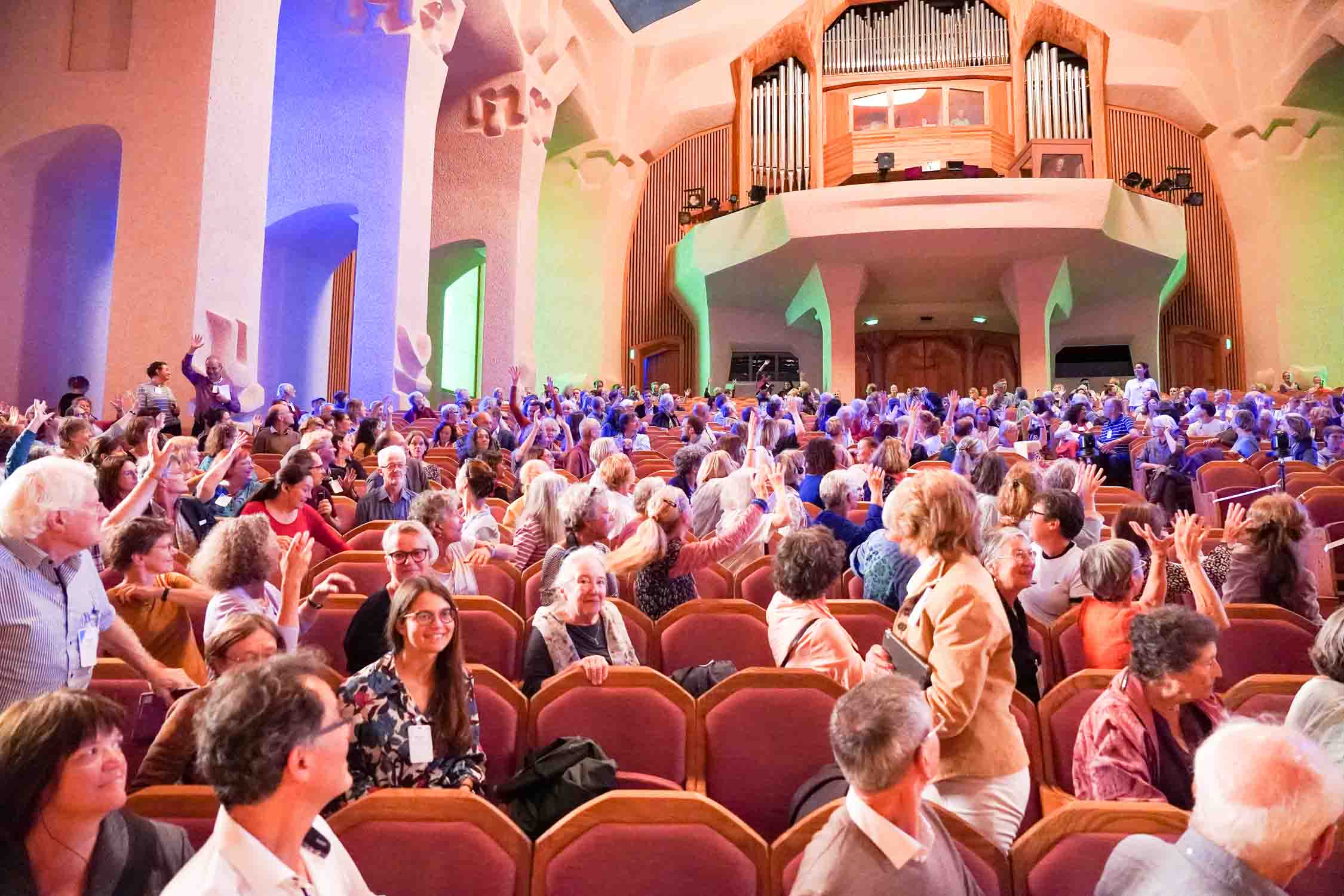


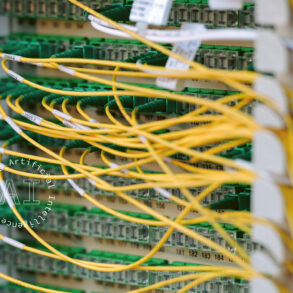
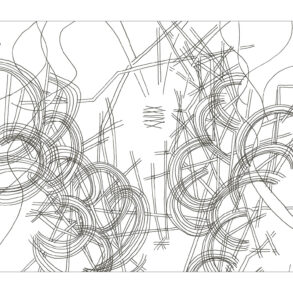




Thank you a heartfelt review of this interesting conference.